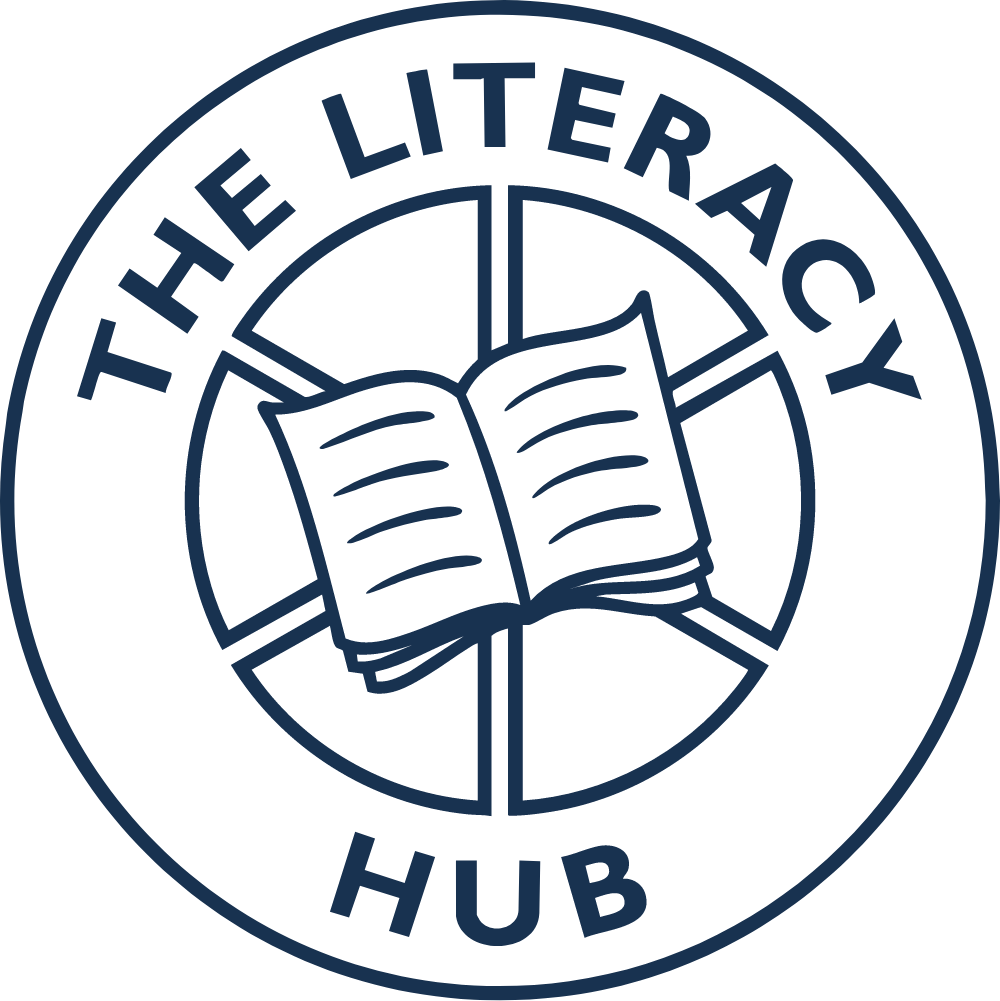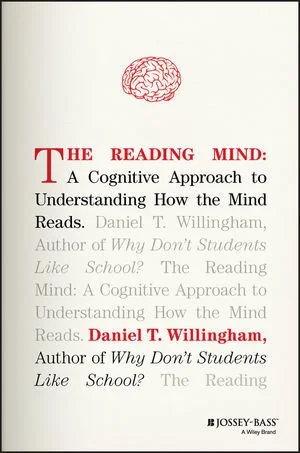The Reading Mind
The Reading Mind: A Cognitive Approach to Understanding How the Mind Reads
by Daniel Willingham
An excellent introduction to the main processes involved in reading, from decoding and fluency, to comprehension and motivation.
What it’s about
Daniel Willingham is quite explicit that this book is not about how people learn to read – he aims to describe how an experienced reader reads, not how a novice learns (p. 9). Nevertheless, it is definitely helpful for educators to know about the processes that are involved in successful reading, in order to understand what to teach, why students may struggle, and how to create an environment that encourages reading.
There are chapters devoted to each of the following topics, taking the reader step-by-step through the processes involved in reading:
‘On your marks’: Writing, its purpose, and why it works by coding spoken language.
‘Sound it out’: How letters are learned and become associated with sounds, the relative lack of transparency in mappings from letters to sounds in English, and the importance of phonological and phonemic awareness.
‘Reading at a glance’: The close relationship between sounds, spellings and meaning, and the important role that an orthographic (spelling-based) ‘route’ to word-meaning has for developing reading fluency.
‘Words, words, words’: How word knowledge is organised in the mind, how we learn new words, and the importance of both vocabulary breadth and depth.
‘Reading comprehension’: The processes involved in extracting ideas from sentences, connecting ideas within paragraphs, and building a ‘situation model’ of what the text is about, with a particular emphasis on the role of background knowledge.
‘Becoming a reader’: The importance of attitudes, motivation and self-concept, and how changes to the environment can encourage reading.
‘Reading after the digital revolution’: A discussion of software designed to teach reading, the difference between reading on screen and on paper, the importance of digital literacy, and wider implications of digital technologies. (As this book was published in 2017, some of this chapter is slightly dated.)
Finally, a concluding chapter draws out the key lessons from the research for practitioners and policymakers.
There are also useful ‘implications’ sections at the end of each chapter that help teachers and parents to see how the research could have practical applications.
The best bits
I like the emphasis that Willingham puts on the importance of practising reading in order to develop the knowledge and skills that are required to be an effective reader. In recent years, the emphasis on phonics as the route to effective reading has meant that fluency has been relatively neglected. The table on pages 189–191 makes clear the importance of actually doing reading for reinforcing decoding skills, broadening and deepening vocabulary knowledge, improving comprehension, and developing a positive attitude to reading.
Willingham’s practical approach to getting children to read is also very helpful. He clearly illustrates why some approaches won’t work:
“Persuading kids [that] reading makes you smart is comparable to persuading me that broccoli is healthy. I believe you, but I still won’t eat it.” (p. 196)
And he emphasises what it takes to get children to pick up a book:
“When we’re talking about leisure reading, it’s not enough that the child like reading, and she have a positive attitude; if she’s to choose reading, it must be the most appealing activity available.” (p. 150)
This definitely rings true for me – I have a son who absolutely loves reading, but if he’s given the choice between reading or playing computer games, the screen will almost always win! So, parents need to ensure that at certain times or in certain places, screens aren’t available.
Who is it for?
The Reading Mind is written to be understandable for non-specialists, and Willingham is clearly expecting educators to be among his readers, as indicated by the ‘implications’ section at the end of each chapter. Given the breadth of what is covered, even those with a good knowledge of the psychology of reading are likely to encounter some useful insights or references they would like to follow up. So, I would recommend this as an enjoyable and interesting book for anyone interested in what is going on in our mind as we read.

